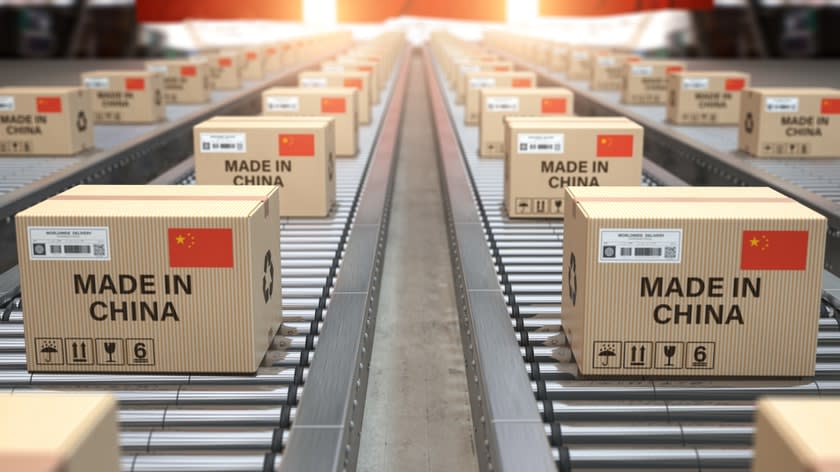China - Always look at the demand side of life


We keep our growth forecast for 2024 at 4.7% for now; upside/downside risks more or less balanced. Supply side still stronger than demand side, adding to deflationary pressures and trade spats. Property sector not out of the woods yet: breaking the negative feedback loop remains key.
Recent data point to stabilisation amongst ongoing imbalances, with the supply side stronger than the demand side. That contributes to global disinflation and trade tensions. The growth target of ‘around 5%’ announced in early March is the same as last year’s. Still, in the absence of a reopening bonus, it puts the bar higher for this year (with headwinds from real estate and the global environment remaining). That explains why Prime Minister Li Qiang added that the target will not be easy to achieve. Strikingly, we have not yet seen a movement in consensus towards this growth target yet (current median estimate for 2024 growth: 4.6%, ABN AMRO: 4.7%). The question remains whether the additional (fiscal) stimulus announced by Beijing will be sufficient – in particular to shift sentiment in the private sector and break the negative feedback loop in real estate, still the biggest drag to growth (see, ). All told, we keep our growth forecasts unchanged for now, with upside and downside risks appearing balanced at the moment.
Latest data show supply side still stronger than demand side, with no signs of a clear property sector revival yet
Recent survey and activity data confirm the supply side is still stronger than the demand side (see ). PMI output components are better than demand components, and industrial production did well in January/February. Still, retail sales growth remains underwhelming, despite strong tourism spending during the LNY break. Public investment growth benefited from previous stimulus, while private investment showed (moderate) growth again for the first time since April 2023. Mean-while, there are no signs of a property sector revival. Property investment and residential sales are still deep in contraction territory, with even sales of state-owned developers coming down recently. Lending growth has fallen below 10% yoy, reflecting weak loan demand. The unemployment rate picked up to 5.3%, and consumer confidence remains weak. CPI inflation rose back to positive territory in February, impacted by LNY-specific factors, but PPI inflation was still negative – for the 17th month in a row. All in all, Beijing’s support measures benefit the supply side more than the demand side so far. This is deflationary, with a global impact on industrial goods’ prices, while it is also adding to trade tensions (particularly on EVs).
Breaking the negative feedback loop in the property sector remains key
The inclusion of CNY 1trn in special long-term central government bonds in the fiscal plans presented to parliament in early March (and the pledge to keep using this instrument in coming years) signals the central government is taking a bigger role in fiscal stimulus. This is a logical reaction to the debt/financing distress amongst several local governments (with the so-called land-finance development model broken), which could harm the execution of fiscal support at the local level. Breaking the negative feedback loop in the property sector remains key. Beijing is working on reducing financing distress for healthy developers (partly through ‘whitelisting’ of projects eligible for financing) to support the completion of prepaid homes – the main source of discomfort amongst (potential) homebuyers. But it takes time for these measures to have an impact, while rising problems at state-owned developers due to falling sales may even signal a further hit to confidence in the near-term.
